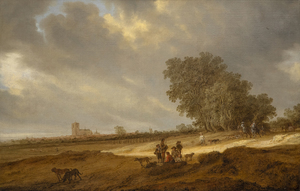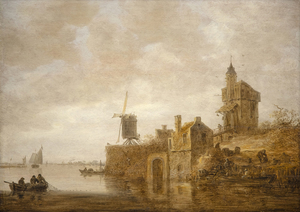国立公園を背景にしたワイオミング州ジャクソンホールの野生の美しさに位置するヘザー・ジェームズ・ジャクソンは、10年以上にわたりインターマウンテンウエストに最高の芸術作品とサービスをもたらしました。
ジャクソンホールをアメリカの文化とアウトドアの比類のない目的地にするユニークなコミュニティにケータリング、ヘザージェームズは、同様に地元の人々や訪問者のための芸術作品や白い手袋サービスの比類のない選択を提供するために努力しています。
172 センターストリート スイート 101
P.O. ボックス 3580
ジャクソンホール、WY 83001
(307) 200-6090
営業時間完全予約制
展示 会
ビュー上のアートワーク
上級副社長

アンドレア・リコ・ダーリン
シニアディレクター
ワイオミング州ジャクソンホール
ニューヨーク州ビンガムトンのビンガムトン大学で美術史の学士号(美術副専攻)を、ニューヨーク州ニューヨークのクリスティーズ・エデュケーションでモダンアート、目利き、アートマーケット史の修士号を取得しています。カンザスシティのネルソン・アトキンス美術館と ニューヨークのクリスティーズで勤務し、美術館とオークションハウスの双方で培った専門知識を活かしています。
2015年にヘザー・ジェームス・ファイン・アートに入社して以来、アンドレアは、クロード・モネ、アルフレッド・シスレー、アンリ・マティス、エドガー・ドガ、ノーマン・ロックウェル、アンドリュー・ワイエス、エレイン・ド・クーニング、アンディ・ウォーホル、トム・ウェッセルマンなどの重要なアーティストとの委託契約を確保し、注目すべき個人および美術館のコレクションの構築を支援してきました。

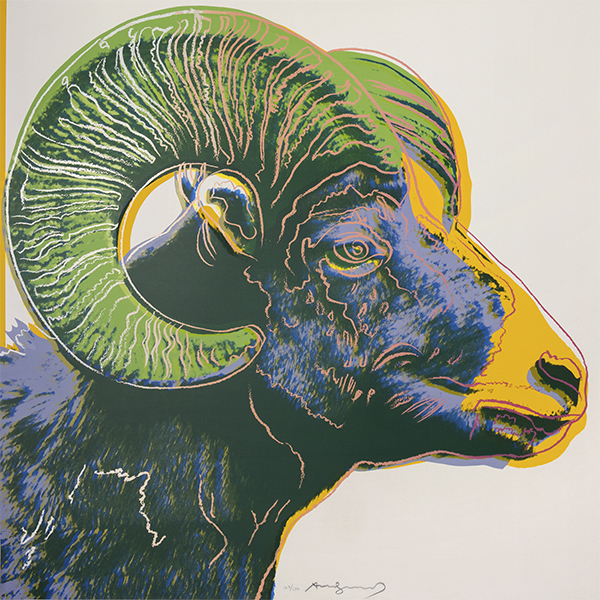
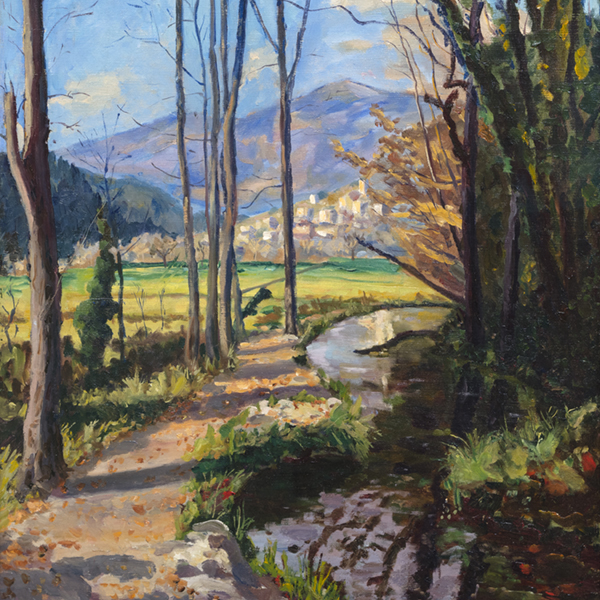
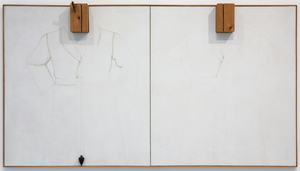
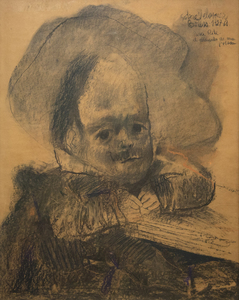
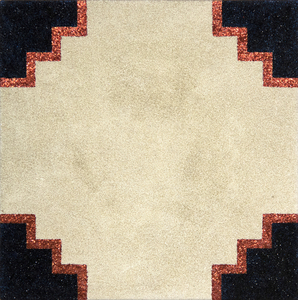
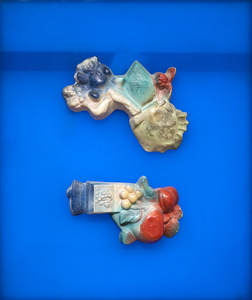
_tn43914.jpg )
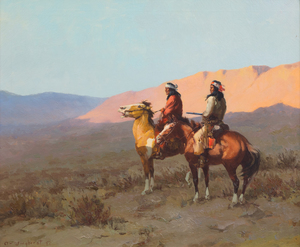
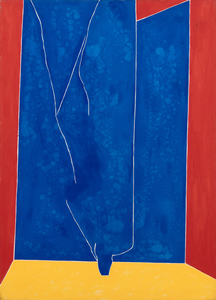
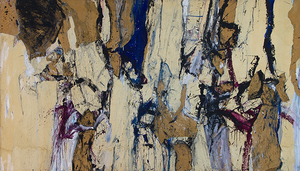

_tn37191.jpg )
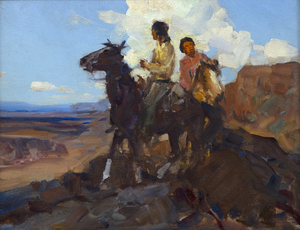
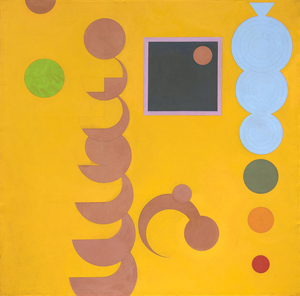
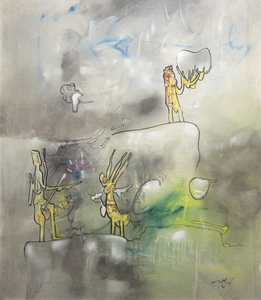
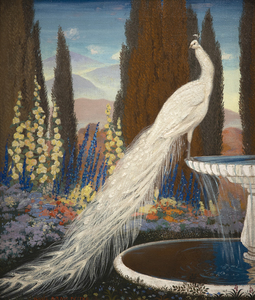
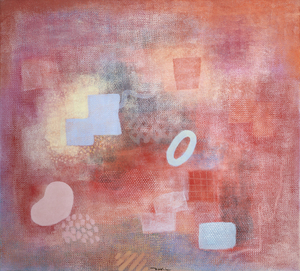





























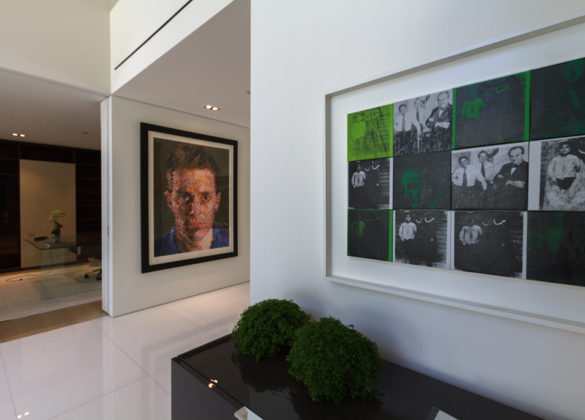
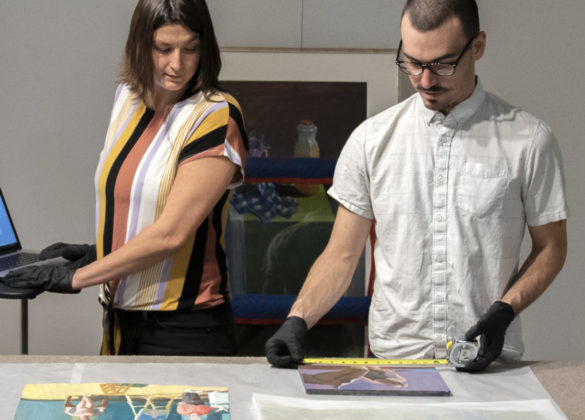

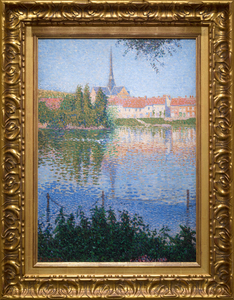
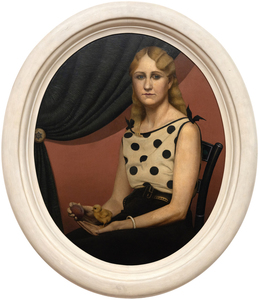
,_new_mexico_tn40147.jpg )
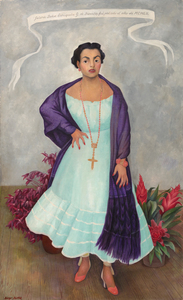
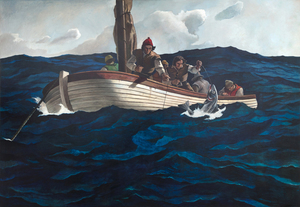
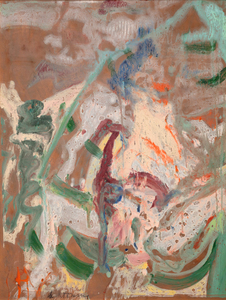
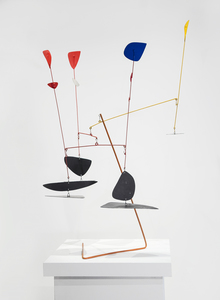
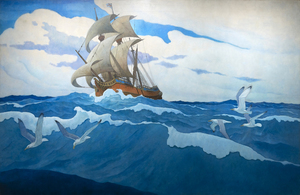
_tn45742.jpg )
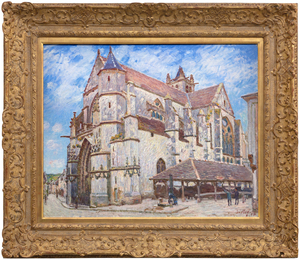
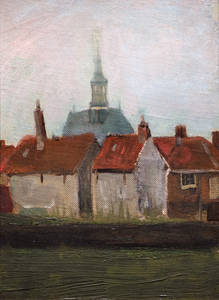
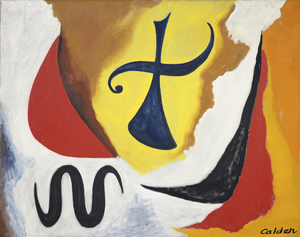
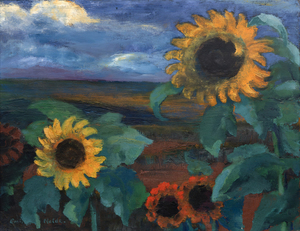
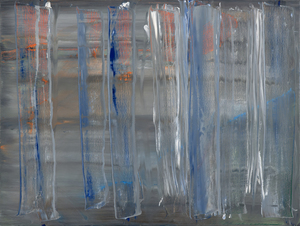
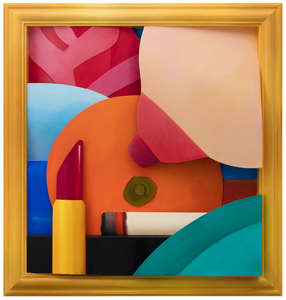
_tn45734.jpg )
_tn45731.jpg )
_tn45741.jpg )
_tn43950.jpg )
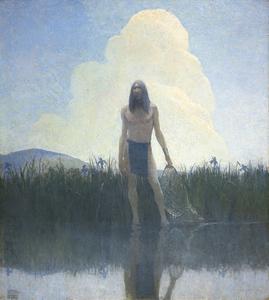
_tn45739.b.jpg )
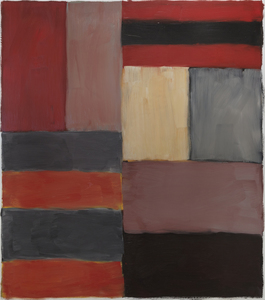
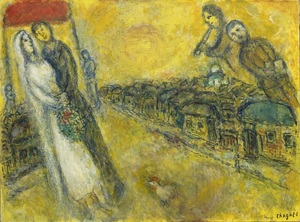
_tn45733.jpg )
_tn40169.jpg )
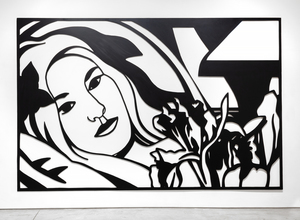
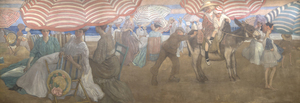
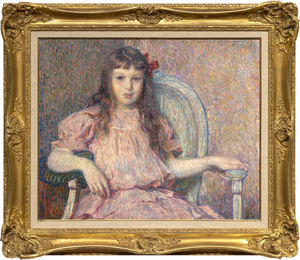
![SIR WINSTON CHURCHILL-View of Loch Choire (C 51) Painted while staying at Dunrobin Castle, the estate of the Duke of Sutherland, Churchill chose to set his easel behind a tree where he likely thought of it as a framing device, adding a layer of depth, creating a stronger sense of foreground, middle ground, and background, enhancing the three-dimensionality of the picture. Churchill painted at both Dunrobin as well as the Duke’s Sutton Place estate, later the home of John Paul Getty.<br><br>As Mary Soames describes it in her book, Winston Churchill, His Life as a Painter, “1921 had been a year of heavy personal tidings” for Churchill and his family, as he lost both his mother, Jennie Cornwallis-West, and his beloved child, Marigold, aged nearly four. In a letter to his wife Clementine, Churchill wrote, “… Many tender thoughts, my darling one of you and yr sweet kittens. Alas I keep on feeling the hurt of the Duckadilly [Marigold’s pet name].” That Churchill chose to stay with the Duke and Duchess at Dunrobin just after Marigold’s death speaks to their close friendship and his fondness for the area, including Loch Choire. It is no surprise that Churchill gifted the painting to the Duke of Sutherland](/Art_Images/Small/sir_winston_churchill_view_of_loch_choire_(c_51)_tn45743.jpg )
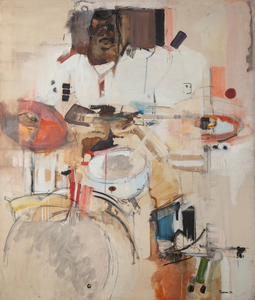
_tn45732.jpg )
_tn27035.jpg )
_tn45736.jpg )
![SIR WINSTON CHURCHILL-The Library of Sir Philip Sassoon's House at Lympne (C 19) Churchill counted as both a friend and political ally, Phillip Sassoon – one of Britain's great hosts, cousin of famed poet Siegfried Sassoon, and the man upon whom Noël Coward crowned "a phenomenon that will never recur”. Sassoon and his sister Sybil were among Winston and Clementine’s great friends. As described by Lady Soames in her book, “Philip Sassoon was a man of charm and distinction, and he dispensed princely hospitality to a brilliant and varied circle of friends at his two country houses, Port Lympne and Trent Park. He made a remarkable collection of works of art. Winston received much help and encouragement from Sassoon, and painted many pictures of both his house and gardens. One of the ways in which Winston taught himself to paint was by copying pictures he admired. With his large and varied collection, Sir Philip was able to be of help in this way, too, and Winston studied and copied quite a number of his friend’s pictures. Sassoon was a friend and patron of John Singer Sargent, and owned many of his works. Winston admired several of these, and found them highly instructive; in 1926, [less than two years before this painting was created] Philip Sassoon wrote Winston this note, which accompanied a generous present and a helpful loan:<br><br>My dear Winston,<br><br>You have often admired the picture of John Lewis Brown of the two horsemen that hung at Trent, so I am sending it to you with my best wishes in the hope that you find a corner for it at Chartwell. I am also sending th little Sargent picture wh you asked for. He painted it when he was 18!”<br><br>One is struck by Sassoon’s generosity, and can see in later works how his close study of Sargent influenced Churchill.](/Art_Images/Small/sir_winston_churchill_the_library_of_sir_philip_sassoon's_house_at_lympne_(c_19)_tn45745.jpg )
